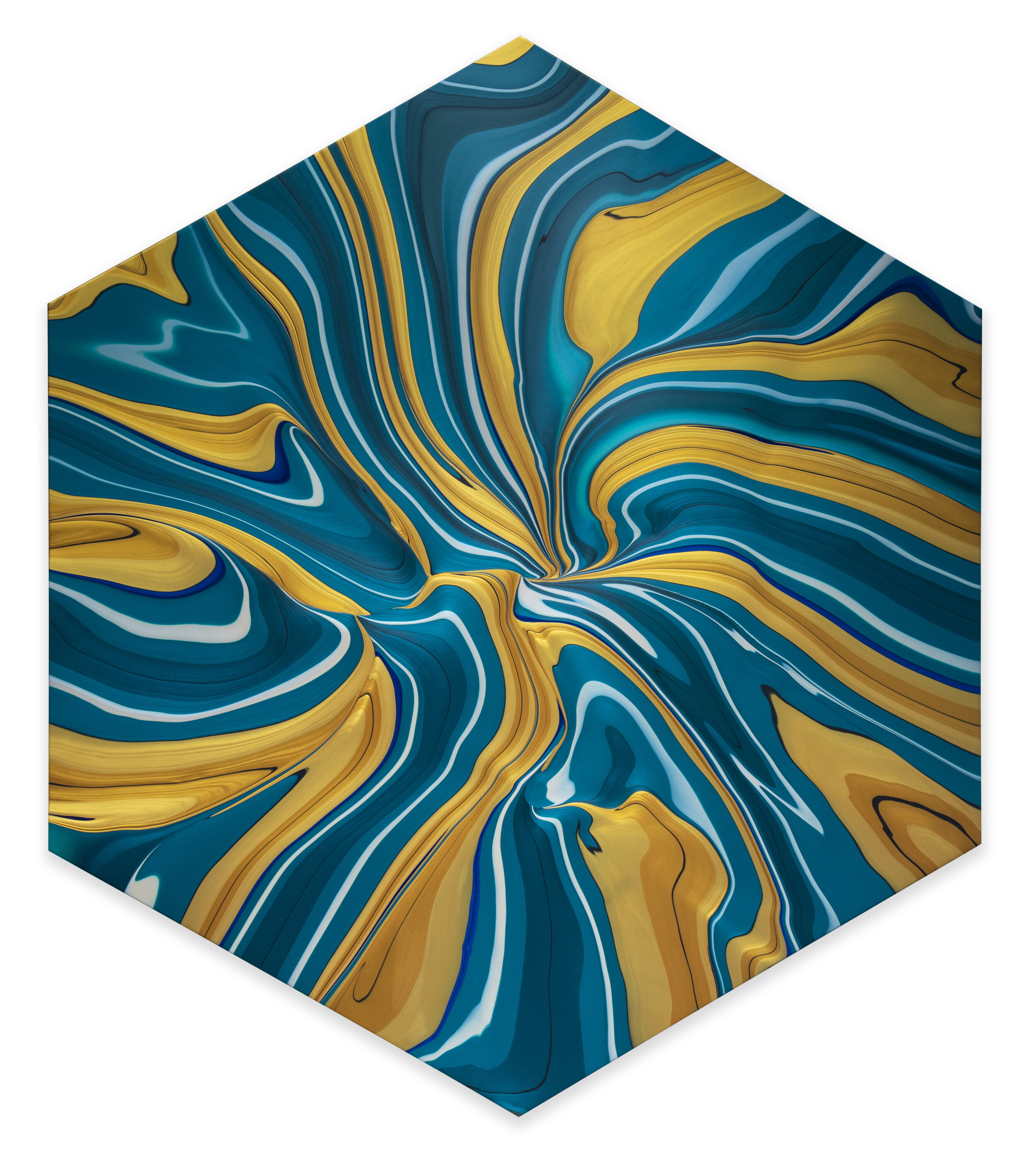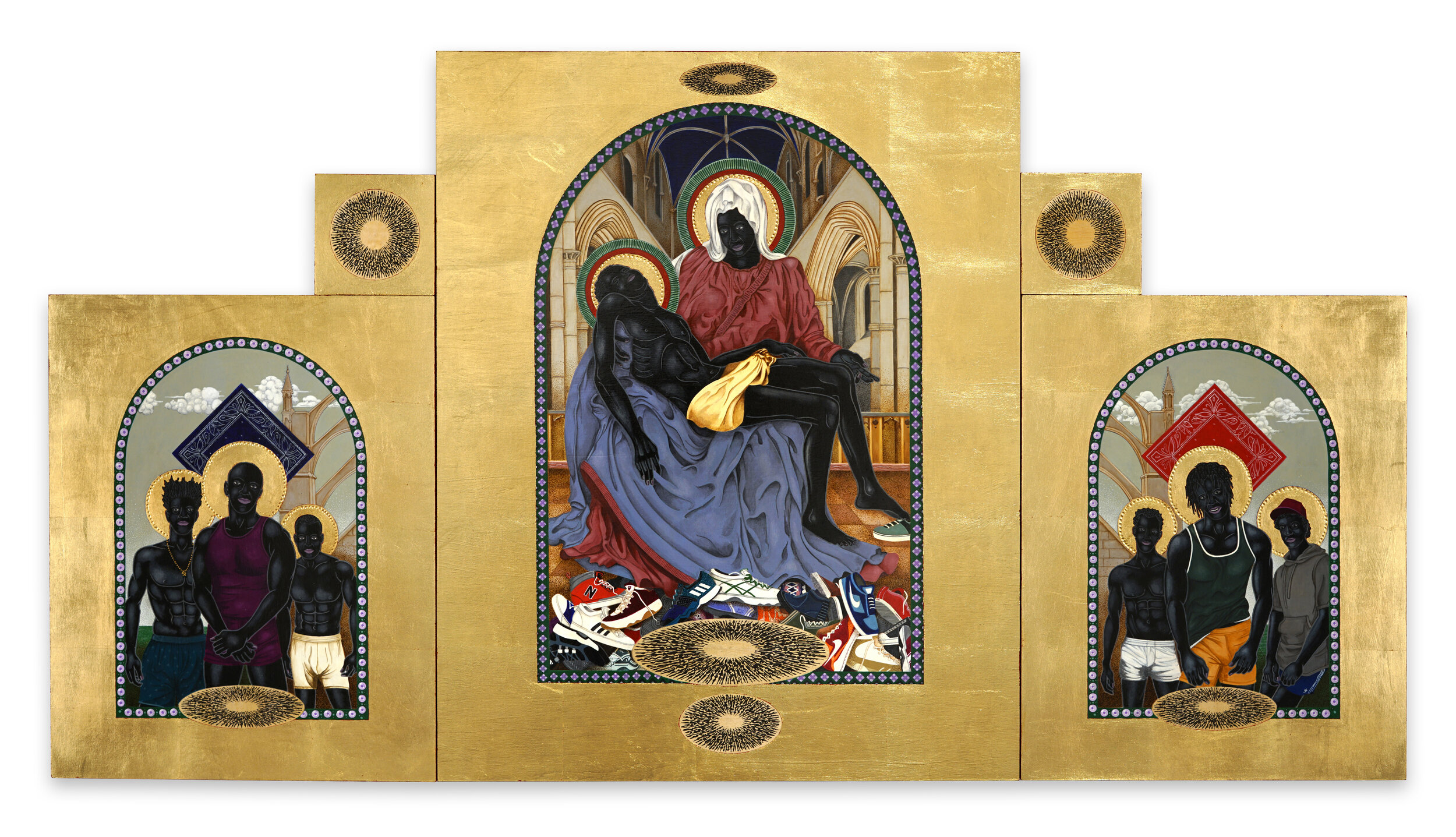Mark Steven Greenfield @ Historic Broadway Station - Timelapse Video
/MARK STEVEN GREENFIELD - A Survey 2001 - 2021
Currently On View at MOAH
Mark Steven Greenfield is a native Angeleno. Born into a military family, he spent his early years in Taiwan and Germany, returning to Los Angeles at the age of 10. Entering into an American adolescence after being abroad gave Greenfield a unique look at the negative stereotyping of African Americans like himself, sparking his interest in the complexities of the Black experience both historically and in contemporary society. Greenfield’s creative process is based on research that delves into topics of Black genealogy, heritage, and cultural representation. His artwork is anchored in aspects of Black history that have been buried, forgotten, or omitted.
Mark Steven Greenfield studied at what is now the Otis College of Art and Design and went on to receive a Bachelor’s degree in Education from California State University, Long Beach in 1973. To support his artistic practice, he held various positions as a visual display artist, park director, graphic design instructor, and police sketch artist before returning to school to earn his Master of Fine Arts degree in painting and drawing from California State University, Los Angeles in 1987. Since then, Greenfield has been a significant figure in the Los Angeles arts scene, serving as arts administrator for the Los Angeles Department of Cultural Affairs, director of the Watts Towers Arts Center and the Towers of Simon Rodia, director of the Los Angeles Municipal Art Gallery, and as a board member for the Downtown Arts Development Association, the Korean Museum, and The Armory Center for the Arts — to name a few. Greenfield has been teaching painting and design courses at Los Angeles City College since 1997.

















